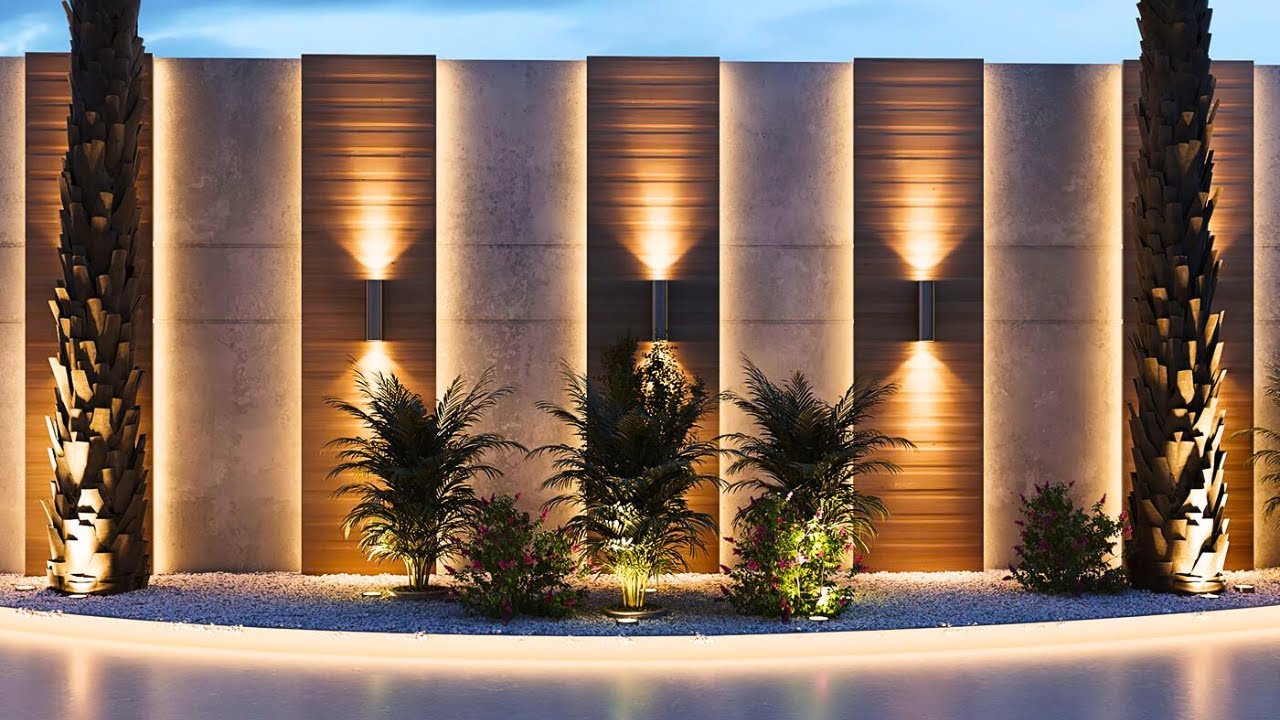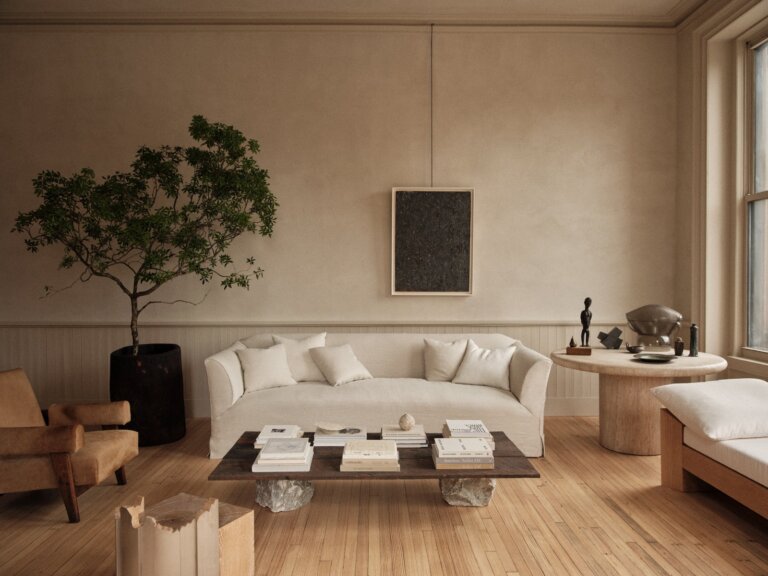Designing an exterior wall may seem overwhelming. Yet, it’s a manageable task with the right guidance.
An exterior wall is more than just a barrier between indoors and outdoors. It sets the tone for the entire building, adding character and appeal. Whether you aim for a modern look or a timeless classic style, your exterior wall speaks volumes.
In this blog post, we’ll explore the essential steps for designing an exterior wall that impresses and protects. From material choices to color schemes, we’ll guide you through the key elements. Ready to enhance your home’s exterior? Let’s dive in and create a wall design that stands out!
Choosing The Right Materials
Materials should last long and need little care. Brick and stone are strong and need little upkeep. Vinyl siding is cheap and easy to clean. Wood looks nice but needs more care. Fiber cement lasts long and resists pests. Think about your climate and budget. Pick a material that fits your needs.
The wall should look nice and match your style. Brick gives a classic look. Wood feels warm and cozy. Stucco looks modern and smooth. Vinyl siding comes in many colors. Stone adds a natural feel. Choose a look that makes you happy. Make sure it matches the rest of your house.

Credit: in.pinterest.com
Understanding Climate Impact
Learn how to design exterior walls that reduce climate impact. Choose materials that insulate well and last long. Proper design helps in saving energy and protecting the environment.
Weather Resistance
The exterior walls must handle rain, wind, and sun. Durable materials are key. Think about brick, stone, or siding. Each has pros and cons. Brick is strong but pricey. Stone lasts long but heavy. Siding is light and cheap but needs care. Protect your walls from moisture. Use sealants and proper drainage. Bad weather can harm unprotected walls.
Thermal Performance
Good insulation saves energy. Keeps homes warm in winter. Cool in summer. Use materials like foam board or fiberglass. Check the R-value of materials. Higher R-values mean better insulation. Proper insulation cuts energy costs. Energy-efficient designs are best for the environment. Also, they save money over time. Choose wisely.
Incorporating Insulation
There are many types of insulation. Fiberglass is a popular choice. It’s easy to install and affordable. Foam board is another option. It provides excellent thermal resistance. Spray foam can fill small gaps. This makes it very effective. Cellulose insulation is made from recycled paper. It is an eco-friendly choice. Each type has its benefits and drawbacks. Choose based on your needs and budget.
Proper installation is crucial. Fiberglass should be cut to fit snugly between studs. Foam board needs to be glued in place. Spray foam is sprayed into gaps and expands. It requires professional handling. Cellulose insulation is blown into cavities. Ensure all gaps are filled for best results. Follow the manufacturer’s instructions. This ensures optimal performance.

Credit: artisanexterior.com.au
Exploring Color Options
Colors can affect our mood. Warm colors like red and orange can make a home feel cozy. Cool colors like blue and green can make it seem calm. Neutral colors like gray and beige are safe choices. They suit many styles. Bright colors can make a bold statement. Choose colors that match your personality.
Trendy colors can make a home look modern. Dark colors like navy are popular now. Pastel colors are also in style. They give a soft look. Classic colors never go out of style. White and cream are timeless. They look clean and elegant. Earth tones like brown and green blend well with nature. They suit many types of homes.
Emphasizing Texture And Patterns
Textures can add depth to walls. Stucco is a popular choice. It is durable and looks elegant. Brick gives a classic look. It is strong and weather-resistant. Wood adds warmth and a natural feel. You can stain or paint it.
Patterns make walls more interesting. Geometric shapes are trendy. They look modern and clean. Mosaic tiles create art on walls. They can be colorful and unique. Vertical lines make walls look taller. They add a sleek touch.
Integrating Architectural Features
Windows and doors bring light and air inside. They also add beauty. Choose windows that fit your home’s style. Large windows look modern. Small windows can look classic. Doors should be strong and stylish. Wooden doors are traditional. Metal doors are durable. Glass doors look sleek.
Decorative elements make walls stand out. You can use bricks, stones, or tiles. Bricks give a rustic feel. Stones are natural and strong. Tiles come in many colors and designs. You can also add murals or wall art. These add personality and charm. Use lights to highlight these features.
Balancing Functionality And Design
Exterior walls must be strong. They should protect against weather. Use durable materials. Think about insulation. Keep the home warm or cool. Ventilation is key. Fresh air must flow easily. Consider maintenance needs. Choose materials that last long. Think about cost too. Balance quality and price.
Design should blend with the environment. Choose colors that complement the surroundings. Pay attention to textures. Mix smooth and rough surfaces. Symmetry matters. Keep the design balanced. Use natural elements like stone or wood. This adds charm. Match the wall design with the house style. Everything should look like it belongs together.

Credit: www.pinterest.com
Sustainability And Eco-friendly Choices
Using sustainable materials helps the environment. These materials come from nature and are easy to get. They can be recycled or used again. Wood, bamboo, and recycled metal are good choices. These materials last long and look nice.
Energy-efficient walls save money. They keep your house warm in winter and cool in summer. Use insulation to keep the temperature steady. Good insulation stops heat from escaping. Double-glazed windows also help. They keep the heat inside and reduce noise.
Frequently Asked Questions
How To Choose Materials For Exterior Walls?
Selecting materials for exterior walls involves considering durability, aesthetics, and climate. Opt for materials that withstand weather conditions and require low maintenance.
What Are Popular Exterior Wall Colors?
Popular exterior wall colors include neutrals like beige, gray, and white. Bold colors like navy and forest green are also trending.
How To Enhance Exterior Wall Design?
Enhance your exterior wall design by adding textures, trims, and contrasting colors. Use architectural elements like shutters and decorative moldings.
What Are Cost-effective Exterior Wall Options?
Cost-effective options include vinyl siding, fiber cement, and stucco. These materials are affordable, durable, and low-maintenance, making them popular choices.
Conclusion
Designing exterior walls can transform your home’s look and feel. Choose the right materials. Consider color and texture. Plan for durability and maintenance. Think about energy efficiency. Add personal touches for style. Your exterior wall design reflects your personality. A well-designed exterior wall increases curb appeal.
It also adds value to your home. Use these tips to create a stunning exterior wall. Enjoy the process and make your home stand out.

My name is Mahi Uddin, and I’m a blog writer with over two years of experience specializing in creating engaging, informative content using AI tools. I contribute to InExDecor.com, where I share creative ideas and practical tips for transforming interior and exterior spaces into beautiful, functional environments. With a passion for storytelling and a knack for blending creativity with technology, I strive to craft blogs that not only inform but also inspire readers. When I’m not writing, you can find me exploring design trends or enjoying a good book with a cup of coffee.







